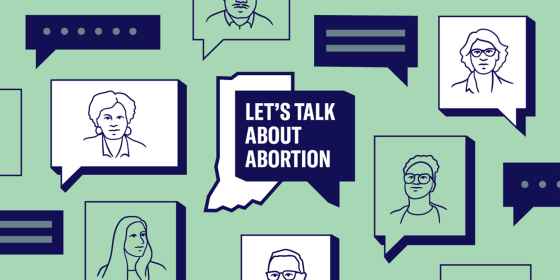School to Prison Pipeline
When students are sick, stressed, acting out, or may hurt themselves or others, counselors, nurses, social workers, and psychologists—not police—should be on the frontlines helping these students. Typical adolescent misconduct is not criminal behavior, but when schools lack adequate resources, teachers may call on police for behavioral support. This results in hyper-criminalization of our youth, particularly students of color.
Students of color experience an increased risk of ending up in prison based on their school environment. When a student is more exposed to law enforcement in their schools, their likelihood of falling behind academically and eventually dropping out increases. Students who are arrested at school are 3x more likely to drop out than students who are not, and students who drop out of high school are 8x more likely to end up in the criminal justice system than those who graduate high school.
Whether on the streets or in schools, police do what they are trained to do: detain, handcuff, and arrest. This focus on law and order in schools, rather than emotional support and mental wellbeing, leads to greater student alienation and a less safe school climate. Students who have been exposed to trauma may interact differently with their school environments in ways that can be interpreted as misbehavior. For example, a black student's actions are more likely to be seen as rebellious, while a white peer’s similar behavior may be perceived as just a cry for help. This trend results in disproportionately more disciplinary action against black students.
Indiana: We Must Do Better
When schools are under-resourced, students are over-criminalized, and Indiana schools do not fare well among national averages and recommendations for number of school resources per student.
Indiana schools have a student-to-counselor ratio of 532 student per 1 counselor, more than twice the recommended scale (250:1) and well above the national average (444:1). Similarly, we have 2,607 school psychologists per student, while the recommended ratio is 700:1 and the national average is 1526:1. Perhaps most disturbingly, nearly half of Indiana students are in schools with police presence but without a psychologist, nurse, social worker, or counselor.
Data shows that schools with wellness and mental health staff not only improve the health outcomes for those students, but also heighten school safety. However, there is no evidence that police in schools improve school safety—in fact, in many instances, they are causing harm to our students.
The ACLU of Indiana recently called on several Indiana mayors to reimagine the role of Polices Departments. Among other demands, the ACLU recommends removing police officers from schools and using that funding to invest in counselors, social workers, and health care providers.
Without these reforms, students of color are more likely to go to a school with police, more likely to be referred to law enforcement, and more likely to be arrested at school. Having police on campus is a key factor in over-criminalizing students of color. By reinvesting school funding for law enforcement officers into social and mental health resources, students will have access to more effective intervention and ultimately safer academic environments.
As calls for police reform reverberate throughout the country, the ACLU is committed to advocating for divestment in law enforcement and reinvestment in community resources. This blog series examines different facets of reimagining the role of the police in Indiana.

